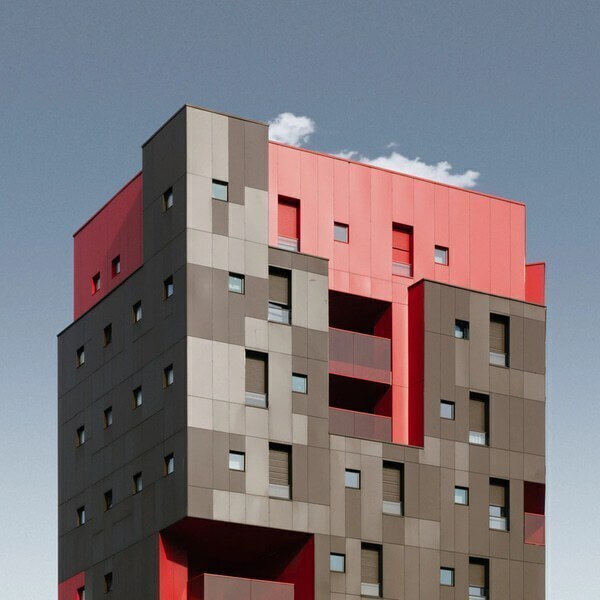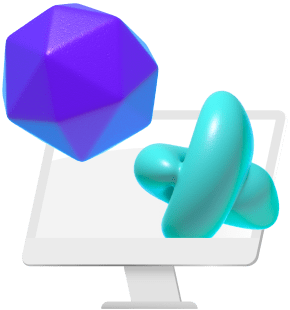BIM (Building-Information-Modeling) is the transformation of AEC (architecture-engineering-construction) projects into digital formats. This is meant to thoroughly layout AEC projects such that different collaborators can understand and work with the various features and aspects.
With this in mind, you’re probably wondering which software is the best. That’s where this guide comes in. Keep reading to learn everything you need to know to choose between ArchiCAD and Revit.
ArchiCAD
Both ArchiCAD and Revit are BIM modelling software. While ArchiCad has fewer system requirements than Revit you can experience much faster rendering in ArchiCAD with a higher quality system.
In comparison to Revit, users of ArchiCAD will find that the software generally has an easier learning curve, is available for both MacOS and PC, and can handle larger project files more easily. If you are working with simpler AEC projects such as residential apartments and simple story buildings, ArchiCAD is a great choice and simple enough for these types of designs.
- Compatibility: Windows 7+, Mac OS X 10.11 El Capitan+
- Minimum System Requirements: 64-bit processor with 2 cores, 16 GB RAM, OpenGL 3.3 compatible graphics card, video display with a resolution of 1366 x 768, 15 GB disk space
- Pros: Permanent license is available, runs on MacOS and PC, better user interface, easier learning curve, and handles large projects with ease
- Cons: less supported, less plugins available as compared to Revit, and project documentation is less supported than in Revit
- Where to Buy: Graphisoft Resellers
- Price: Full license is just under $5000
If you are looking to get started with ArchiCAD for the first time, you should definitely check out our list of tutorial suggestions in the post Top Tutorials for Learning ArchiCAD.
Revit
Another BIM software, Revit, has dominated the market for years. Developed by giant Autodesk of 3ds Max and Maya, you know it’s an excellent product. It’s a bit more versatile, with a wide range of abilities for conceptualizing, visualizing, and rendering your designs.
When it comes to documentation, Revit has a lot of features already setup for users to document different aspects of their project. This is one added benefit compared to ArchiCAD which requires plugins for documentation to be installed.
- Compatibility: Windows OS
- Minimum System Requirements: Single or Multi-Core Intel, Xeon, or i-Series processor. Or an AMD equivalent that has SSE2 technology. 8 GB RAM, 1280 x 1024 true colour video display, display adaptor capable of 24-bit colour, DirectX 11 or equivalent graphics card, 30 GB disk space.
- Pros: More design autonomy, better support for beginners, in heavy demand in the industry, and project documentation is better than ArchiCAD
- Cons: Larger file sizes which can be hard to share, more demanding system requirements, only available for PC and not MacOS, and more complicated to learn to use
- Where to Buy: Autodesk Online
- Price: $2,545/year
If you are looking to run Revit on MacOS, check out our guide Using Autodesk Revit on macOS System that we’ve created as a workaround for this issue. You can also find great learning tutorials for Revit in our post Best Tutorials for Learning Revit.
ArchiCAD or Revit
While ArchiCAD is an underdog, it’s intuitive and devoted to its Open BIM concept. When it comes to pure architectural projects, ArchiCAD might be the way to go especially with cost savings from a one-time purchase.
However, if you might be doing things outside the architecture Revit is more versatile. Another possibility is if your clients are more familiar with popular Revit, they may find ArchiCAD too different. These are both heavy programs. Speed up rendering in ArchiCAD and speed up rendering in Revit by not only using the minimum system requirements. Four cores or more will help with processing.




